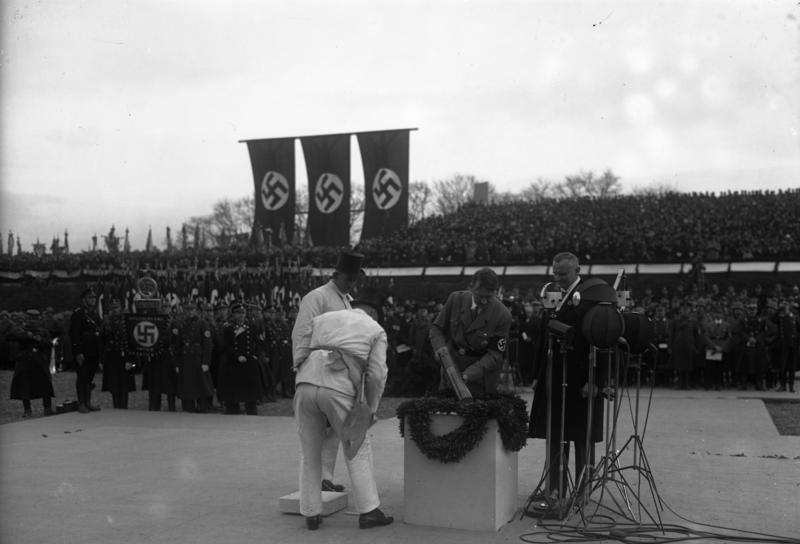Leipzig is torn by Nazi-style Wagner monument
mainLeipzig’s City History Museum and Richard Wagner Association have purchased a monument by the sculptor Emil Hipp, whom the new owners say was not a Nazi.
The facts indicate otherwise.
Read on here.

Hitler inaugurates Hipp monument





Comments